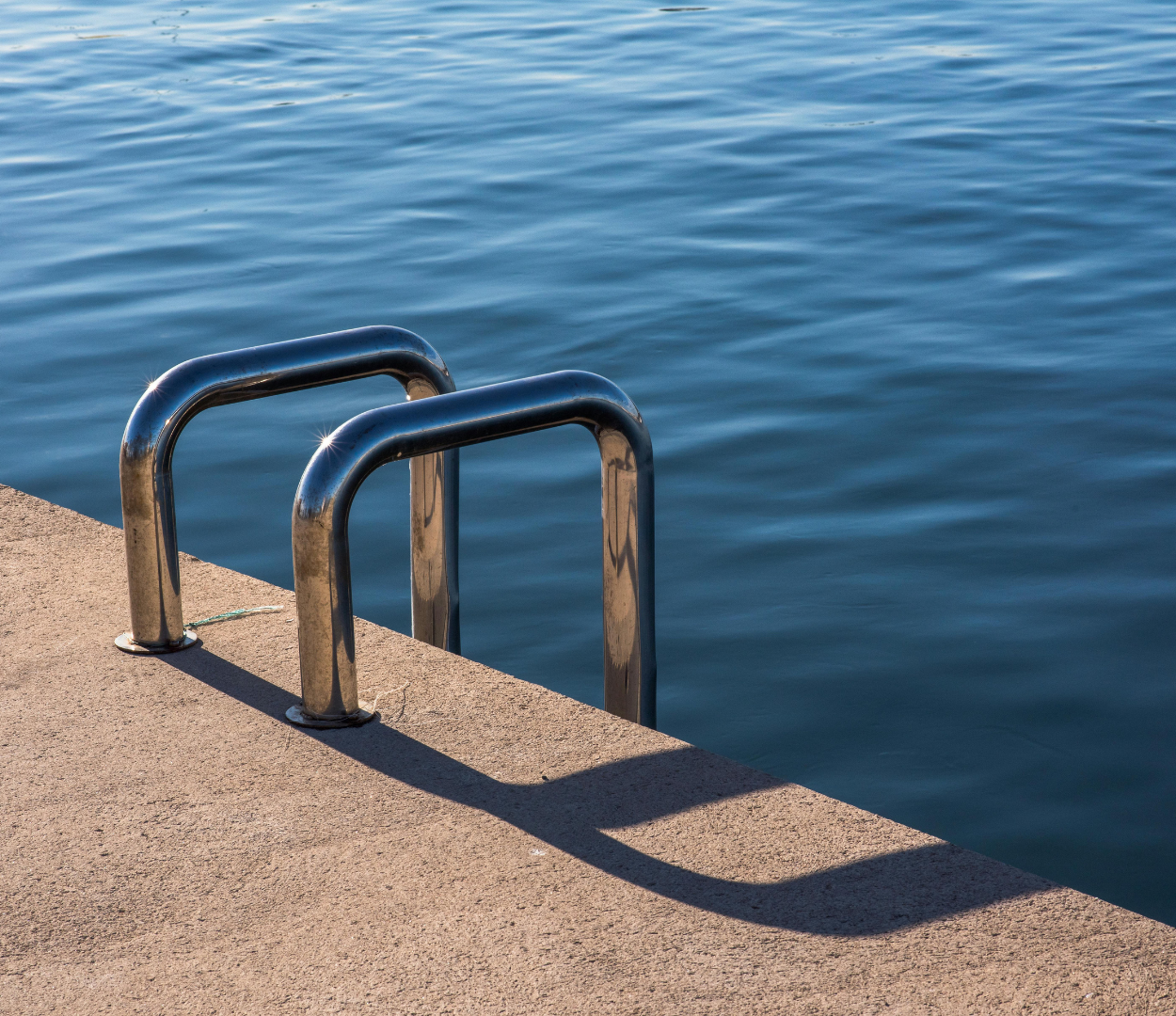Introduction
Keeping your pool clean and well-maintained is crucial for enjoying a refreshing swim all season long. One essential tool in your pool cleaning arsenal is the trusty pool vacuum. However, many pool owners struggle to get the most out of their vacuum, leading to inefficient cleaning and frustration. In this comprehensive guide, we'll unveil the professional secrets to maximizing your pool vacuum's performance, ensuring a sparkling clean pool with minimal effort.
Maintaining a clean pool not only enhances the aesthetic appeal of your backyard oasis but also promotes a healthier swimming environment. A well-maintained pool reduces the risk of algae growth, bacterial contamination, and other water quality issues that can pose health risks to swimmers. By mastering the art of pool vacuum cleaning, you'll be able to keep your pool in pristine condition, creating a safe and inviting space for family fun and relaxation.
Proper Hose Management: A tangled or kinked hose can significantly impede your vacuum's suction power and maneuverability. Always take the time to properly manage and store your hose after each use. Consider investing in a hose caddy or reel to keep your hose organized and prevent kinks or tangles. Proper hose management not only ensures efficient cleaning but also prolongs the lifespan of your vacuum hose, saving you money in the long run.
To properly manage your hose, start by gently coiling it after each use, avoiding tight loops or twists that can cause kinks. Store the coiled hose in a cool, dry place, away from direct sunlight and harsh chemicals. If you notice any cracks or signs of wear, replace the hose promptly to prevent leaks or breakage during cleaning sessions.
Filter Cleaning Frequency: Your pool vacuum's filter plays a crucial role in capturing debris and maintaining suction power. Neglecting to clean or replace the filter can lead to reduced efficiency and even damage to your vacuum. Consult your manufacturer's recommendations for optimal filter cleaning frequency, but as a general rule, aim to clean or replace the filter every 2-4 weeks, depending on usage and debris levels.
Regular filter cleaning is essential for maintaining optimal suction power and preventing clogs that can damage your vacuum's internal components. A clogged filter not only reduces cleaning efficiency but also puts unnecessary strain on the vacuum motor, potentially shortening its lifespan.
To clean your filter, remove it from the vacuum and rinse it thoroughly with fresh water. For stubborn debris, use a soft-bristled brush to gently scrub the filter. Avoid using harsh chemicals or abrasive materials, as they can damage the filter material. Once cleaned, allow the filter to dry completely before reinstalling it in your vacuum.
Cleaning Patterns and Strategies: Implementing proven cleaning patterns and strategies can ensure thorough coverage of your entire pool, leaving no area untouched. Start by dividing your pool into sections and systematically vacuum each section, overlapping slightly to avoid missed spots. For optimal results, alternate between different cleaning patterns, such as parallel lines, concentric circles, or a combination of both.
By dividing your pool into sections, you can focus on one area at a time, ensuring a thorough clean. Overlap each section slightly to prevent missed spots and ensure seamless coverage. Alternate between different cleaning patterns to target various angles and surfaces, dislodging stubborn debris and ensuring a comprehensive clean.
For example, start with parallel lines across the pool floor, then switch to concentric circles to target the walls and corners. This strategic approach not only ensures a thorough clean but also helps identify any areas that may require extra attention or manual scrubbing.
Troubleshooting Common Issues: Even the best pool vacuums can encounter issues from time to time. Here are some common problems and their solutions:
- Loss of Suction: Check for clogs in the hose, debris bag, or filter. Clear any obstructions and ensure proper filter maintenance. If the issue persists, inspect the vacuum head for any cracks or damage that may be causing air leaks.
- Debris Bag Not Filling: Inspect the vacuum head for clogs or debris buildup, and ensure the bag is properly installed. Check for any tears or holes in the bag that may be allowing debris to escape.
- Vacuum Not Moving Properly: Check for tangled or kinked hoses, and ensure the vacuum head is not obstructed. Inspect the wheels or tracks for any debris or damage that may be hindering movement.
Troubleshooting common issues promptly can prevent further damage to your vacuum and ensure efficient cleaning. If you encounter persistent problems or issues not covered here, consult your manufacturer's troubleshooting guide or seek professional assistance.
Maintenance and Care: Proper maintenance and care can significantly extend the lifespan of your pool vacuum. Follow these expert tips:
- Clean the Vacuum Head: After each use, rinse the vacuum head with fresh water to remove any remaining debris or chemicals. Use a soft-bristled brush to gently scrub away any stubborn buildup.
- Store Properly: When not in use, store your vacuum in a cool, dry place, away from direct sunlight and harsh chemicals. Prolonged exposure to extreme temperatures or chemicals can damage the vacuum's components.
- Replace Worn Parts: Over time, parts like hoses, bags, and brushes may wear out. Replace them as needed to maintain optimal performance. Consult your manufacturer's recommendations for replacement part compatibility and frequency.
Regular maintenance and care not only prolong the life of your pool vacuum but also ensure consistent cleaning performance. By taking the time to properly clean, store, and replace worn parts, you'll be able to enjoy a reliable and efficient pool vacuum for years to come.
F.A.Q
Q: How often should I replace my pool vacuum? A: The lifespan of a pool vacuum can vary depending on usage, maintenance, and quality. Generally, you should expect to replace your vacuum every 3-5 years with proper care. However, if you notice a significant decrease in performance or frequent breakdowns, it may be time to invest in a new vacuum sooner.
Q: Can I use my pool vacuum on different pool surfaces? A: Absolutely! Most modern pool vacuums are designed to work effectively on various pool surfaces, including concrete, fiberglass, and vinyl liners. However, it's essential to consult your manufacturer's recommendations and adjust the vacuum settings accordingly to prevent damage to the pool surface or the vacuum itself.
Q: Is it better to use an automatic or manual pool vacuum? A: Both automatic and manual pool vacuums have their advantages. Automatic vacuums are more convenient as they operate independently, allowing you to multitask or relax while the vacuum does the work. However, they typically require more maintenance and may struggle with larger debris or tight corners. Manual vacuums, on the other hand, offer greater control and maneuverability, allowing you to target specific areas and navigate tight spaces more effectively. However, they demand more physical effort and time commitment.
Q: How do I prevent my vacuum hose from getting tangled? A: Invest in a hose caddy or reel to keep your hose organized and tangle-free. Additionally, be mindful of how you coil and store the hose after each use. Avoid tight loops or twists that can cause kinks, and store the hose in a cool, dry place away from direct sunlight and harsh chemicals.
Q: What should I do if my vacuum loses suction? A: First, check for clogs in the hose, debris bag, or filter. Clear any obstructions and ensure proper filter maintenance. If the issue persists, inspect the vacuum head for any cracks or damage that may be causing air leaks. If the problem cannot be resolved, consult your manufacturer's troubleshooting guide or seek professional assistance.
Conclusion
By implementing these professional secrets, you'll not only get the most out of your pool vacuum but also enjoy a sparkling clean pool with minimal effort. Say goodbye to frustrating cleaning sessions and hello to a refreshing oasis in your backyard.
Maintaining a clean pool is not just about aesthetics; it's also a matter of health and safety. A well-maintained pool reduces the risk of waterborne illnesses and ensures a pleasant swimming experience for you and your loved ones. By following the expert tips and strategies outlined in this guide, you'll be able to keep your pool in pristine condition, creating a welcoming and safe environment for endless summer fun.
If you're in the market for a new pool vacuum bags, we highly recommend to get the Vacbagz.





Leave a comment (all fields required)